Pertussis, commonly known as whooping cough, is one of the most common vaccine-preventable disease in children under 5 years of age. It is known for its violent, uncontrollable coughing which makes it difficult to breathe, eat, or drink. Review this study guide and learn more about pertussis, its pathophysiology, stages, assessment findings, medical management, and nursing care management.
What is Pertussis?
Pertussis (whooping cough) is a respiratory tract infection characterized by a paroxysmal cough.
- Pertussis was first identified in the 16th century.
- In 1906, Bordet isolated the most common causative organism, Bordetella pertussis.
- As a result of vaccination, however, the number of cases reported decreased by more than 99% from the 1930s to the 1980s.
- The disease is still a significant cause of morbidity and mortality in infants younger than 2 years.
Pathophysiology
Humans are the sole reservoir for B pertussis and B parapertussis.
- Bordetella pertussis, a gram-negative pleomorphic bacillus, is the main causative organism for pertussis.
- Bordetella pertussis spreads via aerosolized droplets produced by the cough of infected individuals, attaching to and damaging ciliated respiratory epithelium, starting in the nasopharynx and ending primarily in the bronchi and the bronchioles.
- A mucopurulent sanguineous exudate forms in the respiratory tract.
- This exudate compromises the small airways and predisposes the affected individual to atelectasis, cough, cyanosis, and pneumonia.
- Transmission of pertussis can occur through direct face-to-face contact, through sharing of a confined space, or through contact with oral, nasal, or respiratory secretions from an infected source.
Statistics and Incidences
Since the early 1980s, pertussis incidence has cyclically increased, with peaks occurring every 2-5 years.
- In 2010, according to the CDC, the US pertussis rate reached 27, 550 cases, with 27 related deaths.
- In 2011, according to preliminary statistics from the CDC, adolescents (ages 11-19 years) and adults together accounted for 47% of pertussis cases, while children aged 7-10 years accounted for 18% of cases.
- The annual worldwide incidence of pertussis is estimated to be 48.5 million cases, with a mortality rate of nearly 295, 000 deaths per year.
- From 2001-2003, females accounted for 54% of pertussis cases in the United States.
- From 2001-2003, of patients with pertussis, 23% were younger than 1 year, 12% were aged 1-4 years, 9% were aged 5-9 years, 33% were aged 10-19 years, and 23% were older than 20 years.
Clinical Manifestations
Typically, the incubation period of pertussis ranges from 3-12 days; it is a 6-week disease divided into catarrhal, paroxysmal, and convalescent stages, each lasting 1-2 weeks.
- Stage 1- Catarrhal phase. The initial phase includes nasal congestion, rhinorrhea, and sneezing, variably accompanied by low-grade fever, tearing, and conjunctival suffusion; pertussis is most infectious during catarrhal phase, but may remain communicable for 3 or more weeks after the onset of cough.
- Stage 2- Paroxysmal phase. Patients in the second phase present with paroxysms of intense coughing lasting up to several minutes; in older infants and toddlers, the paroxysms of coughing occasionally are followed by a loud whoop; posttussive vomiting and turning red with coughing are common in affected children.
- Stage 3- Convalescent phase. Patients in the third stage have a chronic cough, which may last for weeks.
Assessment and Diagnostic Findings
The criterion standard for diagnosis of pertussis is isolation of B pertussis in culture.
- Chest radiography. Chest radiography may reveal perihilar infiltrates or edema with variable degrees of atelectasis.
- Blood work. Leukocytosis with absolute lymphocytosis occurs during the late catarrhal and paroxysmal phases; in infants aged 90 days or younger, early serial monitoring of WBC counts is crucial for identifying risk and determining the prognosis of infants with pertussis.
- Cultures. The results of blood culture are uniformly negative because B pertussis grows solely in the respiratory epithelium; recovery rates are highest during the catarrhal or early paroxysmal phase and are low after the fourth week of illness.
- PCR assay and ELISA. PCR assays and antigen detection are increasingly used to assist in diagnosing pertussis; advantages include greater sensitivity, more rapidly available results, and use later in the disease course; although this or a positive culture is the case definition for reporting pertussis to the CDC or the WHO, some are now recommending confirmation with ELISA before declaring an epidemic.
Medical Management
Supportive therapy is the mainstay of treatment in patients with active pertussis infection.
- Hospitalization. Hospitalization should be strongly considered for patients at risk for severe disease and complications.
- Diet. No special diet is indicated, although a clinically age-appropriate diet should be maintained.
- Activity. Activity for patients with pertussis should be guided by clinical course; in general, patients engage in activity as tolerated.
- Monitoring. Most patients older than 1 year can be treated on an outpatient basis if they do not fulfill the criteria for hospital admission.
Pharmacological Management
Antimicrobial agents given during the catarrhal phase may ameliorate the disease.
- Antibiotics. The Committee on Infectious Disease (COID) of the American Academy of Pediatrics currently recommends promptly treating all household and other close contacts with erythromycin to limit secondary transmission
- Vaccines, inactivated, bacterial. Active immunization increases resistance to infection; vaccines consists of microorganisms or cellular components that act as antigens.
Nursing Management
Nursing management of a patient with pertussis include the following:
Nursing Assessment
Continuous assessment is necessary in order to know possible problems that may have led to concerns that may occur during nursing care.
• Airway patency. Maintaining patent airway is always the first priority.
• Auscultation. Auscultate lungs for presence of normal or adventitious breath sounds.
• Respirations. Assess respirations, note quality, rate, pattern, depth, flaring of nostrils, dyspnea on exertion, evidence of splinting, use of accessory muscles, and position for breathing.
Nursing Diagnosis
Based on the assessment data, the major nursing diagnosis are:
• Ineffective airway clearance related to copious and tenacious bronchial secretions.
• Impaired breathing pattern related to decreased airway patency.
Nursing Care Planning and Goals
The major nursing care planning goals for pertussis:
- Patient will maintain clear, open airways as evidence by normal breath sounds, normal rate and depth of respirations, and ability to effectively cough up secretions after treatments and deep breaths.
- Patient will demonstrate increased air exchange.
- Patient will classify methods to enhance secretion removal.
- Patient will recognize the significance of changes in sputum to include color, character, amount, and odor.
- Patient will identify and avoid specific factors that inhibit effective airway clearance.
Nursing Intervention
The nursing interventions for a patient with pertussis include:
- Educate about coughing and breathing. Teach the patient the proper ways of coughing and breathing. (e.g., take a deep breath, hold for 2 seconds, and cough two or three times in succession).
- Promote effective coughing. Educate the patient about optimal positioning (sitting position), use of pillow or hand splints when coughing, use of abdominal muscles for more forceful cough, use of quad and huff techniques, use of incentive spirometry, and importance of ambulation and frequent position changes.
- Educate about proper positioning. Position the patient upright if tolerated. Regularly check the patient’s position to prevent sliding down in bed.
- Encourage increase in oral fluid. Encourage patient to increase fluid intake to 3 liters per day within the limits of cardiac reserve and renal function.
- Administer medications as prescribed. Give medications as prescribed, such as antibiotics, mucolytic agents, bronchodilators, expectorants, noting effectiveness and side effects.
- Provide chest physiotherapy. Provide postural drainage, percussion, and vibration as ordered.
Evaluation
Goals are met as evidenced by:
- Patient maintained clear, open airways as evidenced by normal breath sounds, normal rate and depth of respirations, and ability to effectively cough up secretions after treatments and deep breaths.
- Patient demonstrated increased air exchange.
- Patient classified methods to enhance secretion removal.
- Patient recognized the significance of changes in sputum to include color, character, amount, and odor.
- Patient identified and avoided specific factors that inhibit effective airway clearance.
Documentation Guidelines
Doumentation in a patient with pertussis include:
- Individual findings, including factors affecting, interactions, nature of social exchanges, specifics of individual behavior.
- Cultural and religious beliefs, and expectations.
- Plan of care.
- Teaching plan.
- Responses to interventions, teaching, and actions performed.
- Attainment or progress toward the desired outcome.
References
Sources and references for this study guide for polio:
- Black, J. M., & Hawks, J. H. (2005). Medical-surgical nursing. Elsevier Saunders,. [Link]
- Kimberlin, D. W. (2018). Red Book: 2018-2021 report of the committee on infectious diseases (No. Ed. 31). American academy of pediatrics.
- Oshinsky, D. M. (2005). Polio: an American story. Oxford University Press. [Link]
- Willis, L. (2019). Professional guide to diseases. Lippincott Williams & Wilkins. [Link]
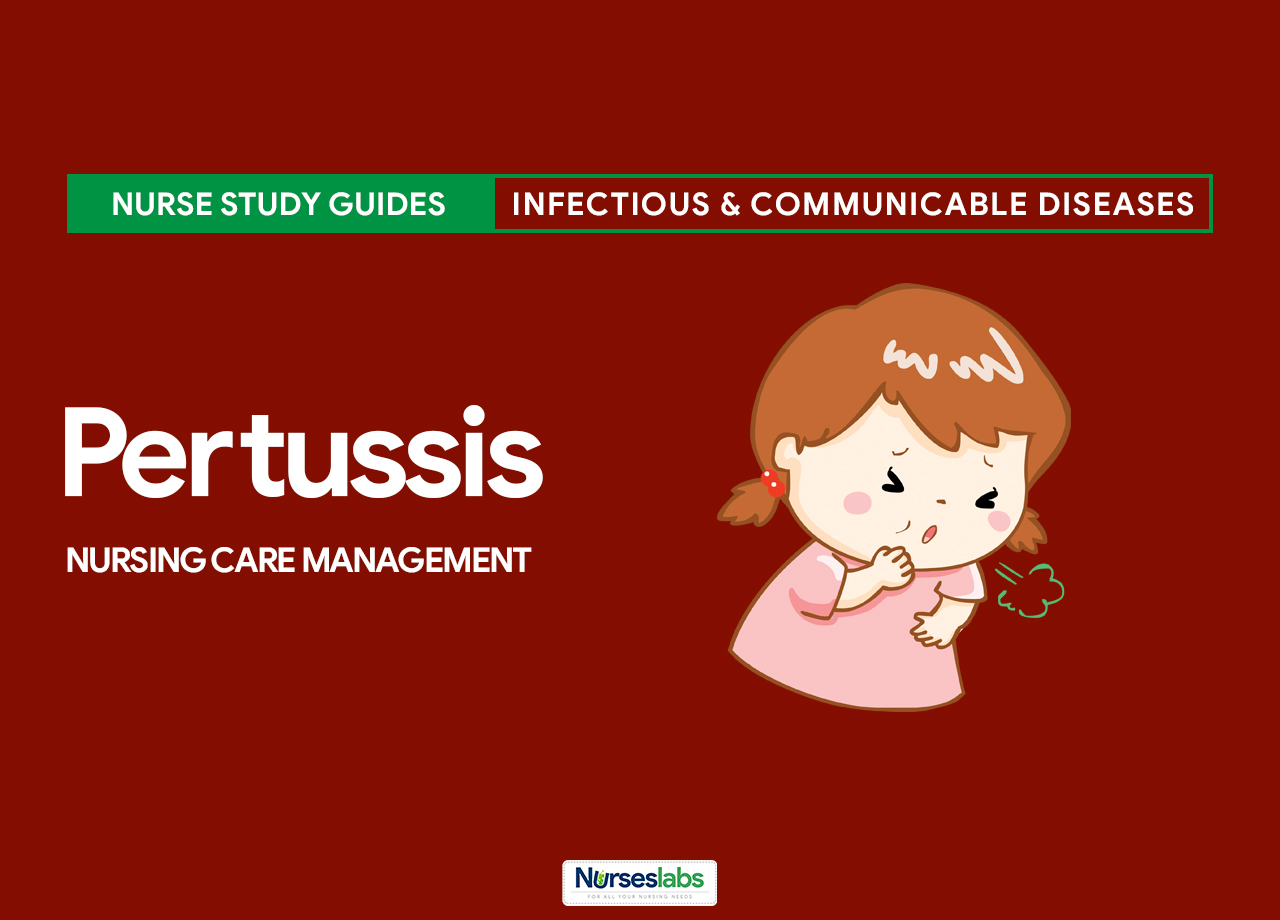


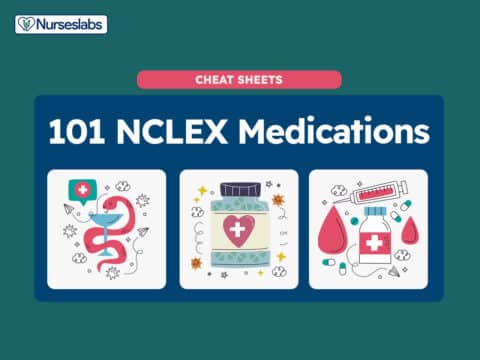


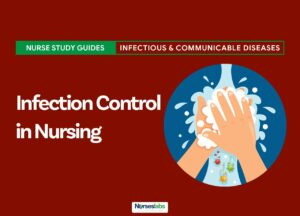

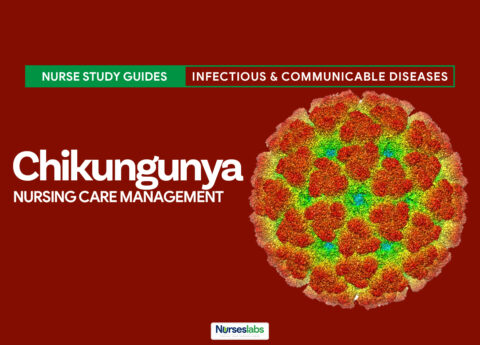
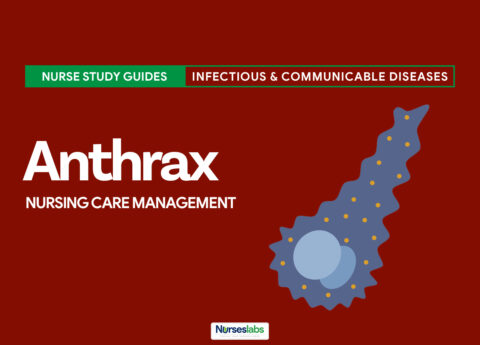
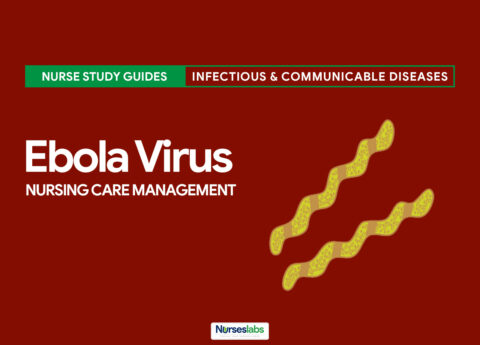
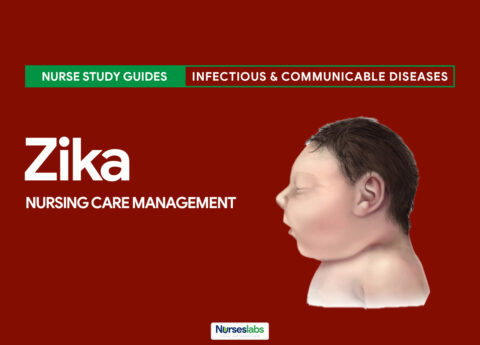
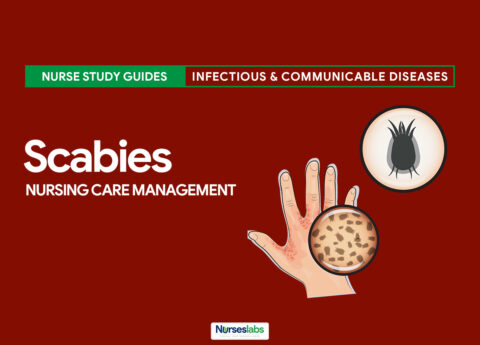


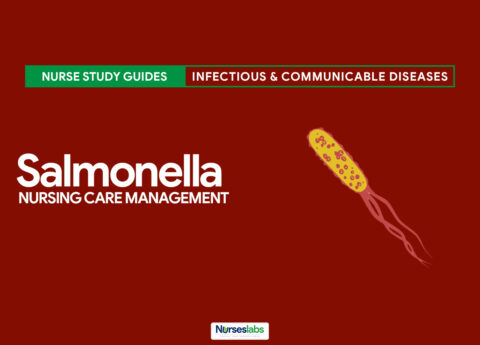




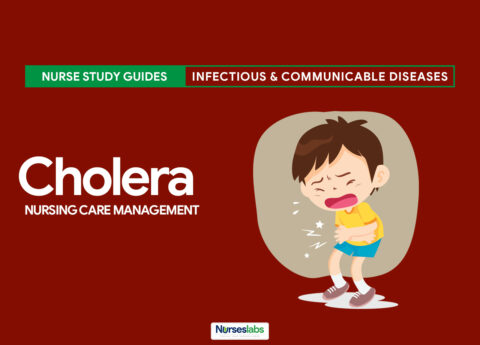
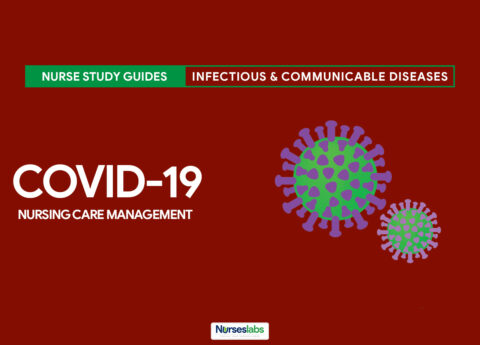

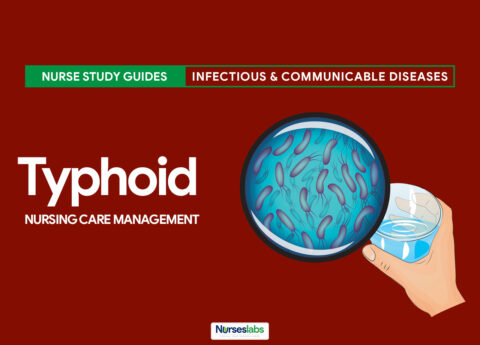
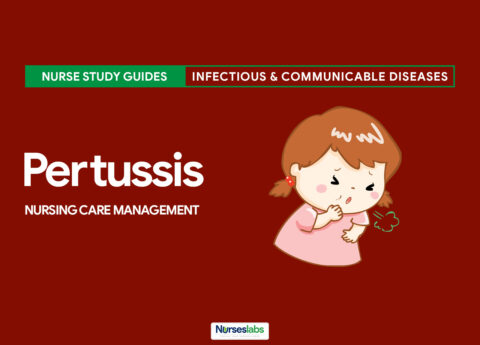


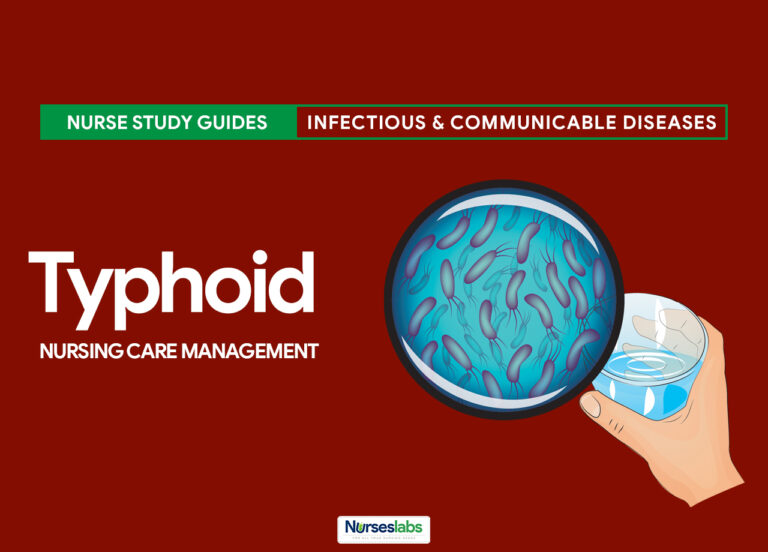




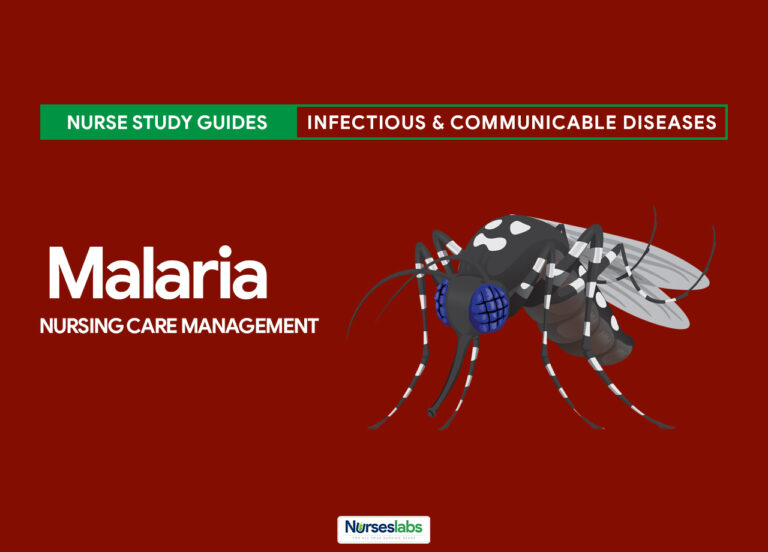
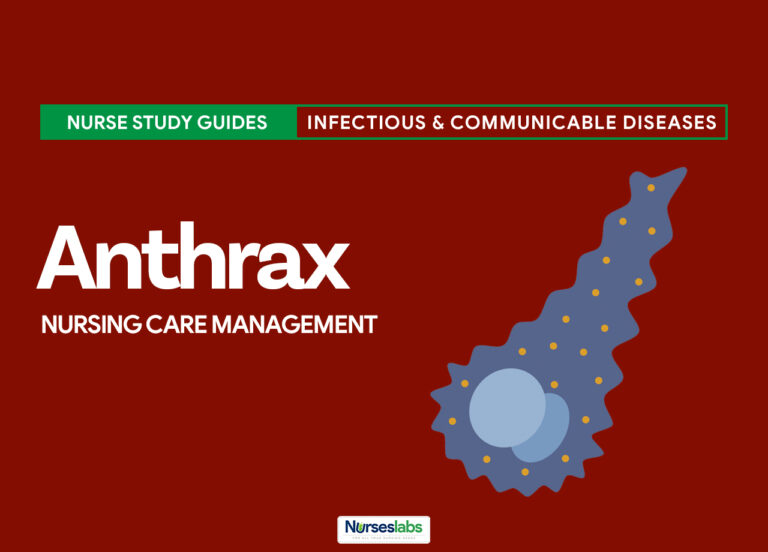



Leave a Comment